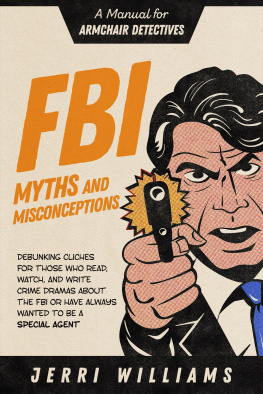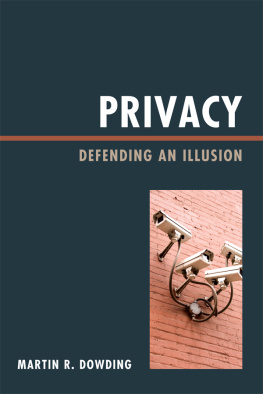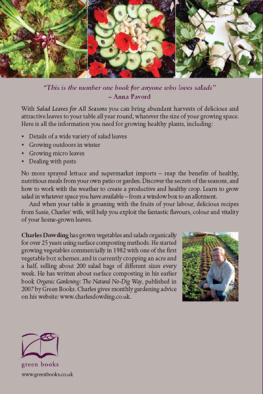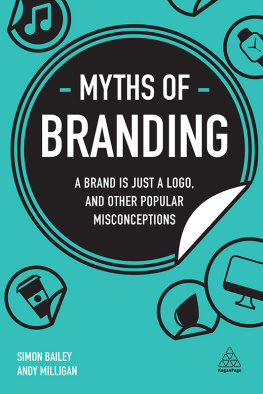Charles Dowding - Gardening Myths and Misconceptions
Here you can read online Charles Dowding - Gardening Myths and Misconceptions full text of the book (entire story) in english for free. Download pdf and epub, get meaning, cover and reviews about this ebook. year: 2014, publisher: UIT Cambridge, genre: Children. Description of the work, (preface) as well as reviews are available. Best literature library LitArk.com created for fans of good reading and offers a wide selection of genres:
Romance novel
Science fiction
Adventure
Detective
Science
History
Home and family
Prose
Art
Politics
Computer
Non-fiction
Religion
Business
Children
Humor
Choose a favorite category and find really read worthwhile books. Enjoy immersion in the world of imagination, feel the emotions of the characters or learn something new for yourself, make an fascinating discovery.
- Book:Gardening Myths and Misconceptions
- Author:
- Publisher:UIT Cambridge
- Genre:
- Year:2014
- Rating:3 / 5
- Favourites:Add to favourites
- Your mark:
- 60
- 1
- 2
- 3
- 4
- 5
Gardening Myths and Misconceptions: summary, description and annotation
We offer to read an annotation, description, summary or preface (depends on what the author of the book "Gardening Myths and Misconceptions" wrote himself). If you haven't found the necessary information about the book — write in the comments, we will try to find it.
Gardening Myths and Misconceptions — read online for free the complete book (whole text) full work
Below is the text of the book, divided by pages. System saving the place of the last page read, allows you to conveniently read the book "Gardening Myths and Misconceptions" online for free, without having to search again every time where you left off. Put a bookmark, and you can go to the page where you finished reading at any time.
Font size:
Interval:
Bookmark:
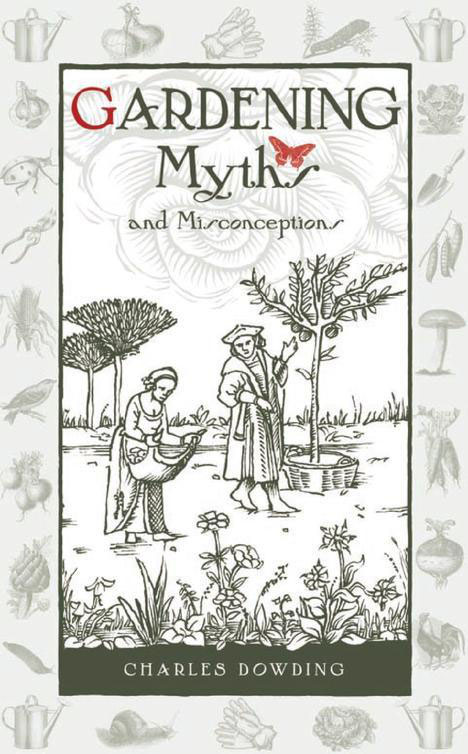


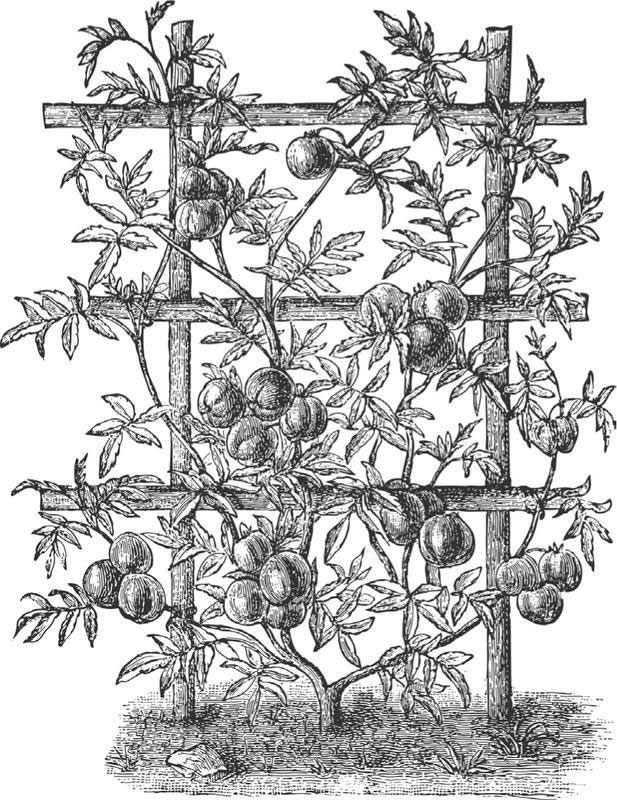
To Amanda Cuthbert, with whom I first discussed this myths idea in 2008: she was supportive and encouraged me to wait until the time was right, which is now!
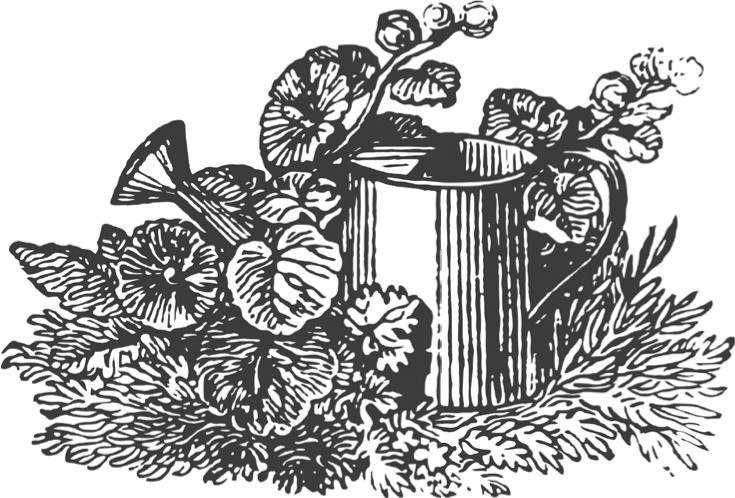
I am grateful to Michael and Joy Michaud of Sea Spring Seeds, professional growers and breeders of chillies, including the Dorset Naga, for sharing the first four myths given on pages 50-51 (Some more choice myths). They have checked those claims and found them all to be untrue.
This book, although more modest in size than my others, needed more careful editing, and I thank Alethea Doran, who has also done sterling work on my other titles and especially How to Grow Winter Vegetables, for her helpful approach.
Thanks to Stephanie Hafferty for her warmth and support, and for sharing the humour of myths.
The external sources indicated with superscript numbers throughout this book provide further information and can be read online at www.greenbooks.co.uk/gardening-myths-references/
It is by no means an irrational fancy that, in a future existence, we shall look upon what we think our present existence, as a dream. Edgar Allan Poe
Myths abound. They can be a confusion of language, an evolution towards truth, or simply a collection of misunderstandings that have, by force of widespread repetition, morphed into accepted facts. Most of the myths in this book are of the last kind, yet many also contain an element of ritual, and some embody advice that has become revered to the point that any questioning causes anxieties.

Myths may be more involved in your garden than you realize, and by myths I mean beliefs that are misleading and create unnecessary work. The myths covered in these pages come in varying degrees of certitude: many are believed by almost everyone, and some are partly true, but most are not in my and others experience, and in the light of some quoted studies. The choice of myths in this book reflects my own experience of practices that I have found to be misguided, and does not include even more pieces of gardening wisdom that others would describe as mythical.
Many myths are steeped in tradition, or appear to be, and this gives them credence. Others are less traditional but widely accepted, and sound right until you look at the evidence. A good example is the advice that plants should not be watered in bright sunlight, because of the sun scorching their leaves as it shines through water droplets. So frequently is this said that surely it must be true!

Actually in 2009 a team of researchers checked this claim, using computer modelling as well as tests on leaves, and they found that water droplets on a leaf surface were not able to focus the suns energy for long or powerfully enough to damage the leaves before the water evaporated (see Chapter 3, page 32). I found this reassuring, because for 30 years, when seeing plants in need of moisture, I have always watered in bright sunlight, to reduce leaf wilt on fast-growing plants such as cucumbers and to give water to the small volume of compost in trays. This has kept plants happy in sunny weather and has had another benefit, removing the need to shade my greenhouses another recommended job.
Most of us feel safer doing things in accepted ways, whatever they are, without always understanding the reasons, and we tend to be suspicious of changes. How can one be sure that a new idea is valid, especially if the old one is apparently working? First you must dare to ask the question and doubt what you have been told, then assess the evidence and compare the advice, perhaps conduct your own experiments, and decide for yourself.

I have a questioning nature, and most of the advice in this book is based on my own experience of what has worked well in my gardens, season after season. I have grown vegetables commercially for 30 years in different soils and in varied locations, tried many ways of growing during that time, and have developed my own simple methods for achieving abundance. My wish is that the advice in these pages can help you, the reader, feel creative in your garden less constricted by apparent rules; more free to find your own, preferred way of gardening.

I have wanted to write this book for a few years, and now the opportunity has come I must acknowledge a dilemma. In wanting to save the reader from unnecessary jobs and expense, I intend no criticism of those advocating the other accepted ways of gardening that I question here, and I apologise in advance if I offend anyone!
The origins of myths are often difficult to trace, and some have more than one source. For example, a general belief, until around two hundred years ago, that tomatoes are poisonous may have originated, in Britain at least, from the use of pewter plates by wealthier people: the acid of tomatoes caused some of the lead from the pewter to leach into food, making it poisonous. Poor people ate off wooden plates and apparently ate tomatoes without any worries.
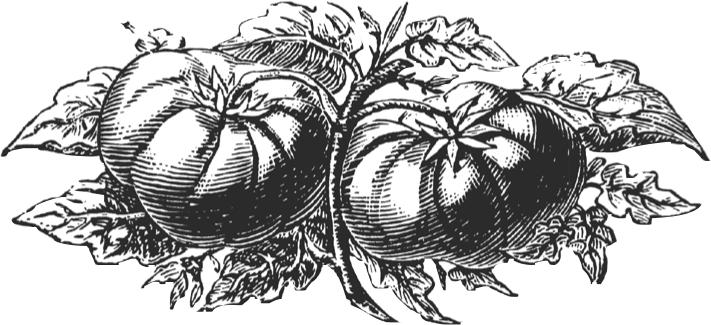

Another factor in the power of this myth was the influential John Gerard writing in his 1597 Herbal that tomatoes were poisonous, and this claim was mostly accepted until the early 1800s. However, in the United States this changed from 1820, when Colonel Johnson ate a basketful of tomatoes outside a courthouse in New Jersey, in a well-publicized event before 2,000 people: while he ate, the local firemen played a funeral tune to help him die peacefully, until noticing his continued health. Some times it takes a dramatic event to correct mistaken beliefs!
History does not always help clarify things, because it is being continuously rewritten: just look at all the different versions of Shakespeares life and the ongoing question of whether he wrote the works that bear his name. Th ere are some striking examples of widely held but inaccurate beliefs about people and events. Th e following are just a few.
Font size:
Interval:
Bookmark:
Similar books «Gardening Myths and Misconceptions»
Look at similar books to Gardening Myths and Misconceptions. We have selected literature similar in name and meaning in the hope of providing readers with more options to find new, interesting, not yet read works.
Discussion, reviews of the book Gardening Myths and Misconceptions and just readers' own opinions. Leave your comments, write what you think about the work, its meaning or the main characters. Specify what exactly you liked and what you didn't like, and why you think so.


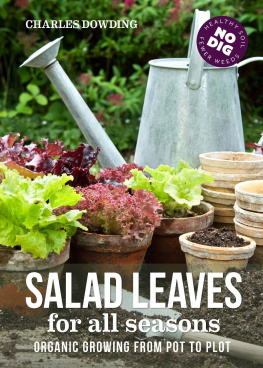

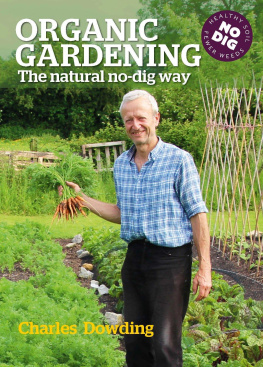

![Dowding - The Year-Round Vegetable Gardener’s Bible [7 Books in 1]](/uploads/posts/book/453239/thumbs/dowding-the-year-round-vegetable-gardener-s.jpg)
